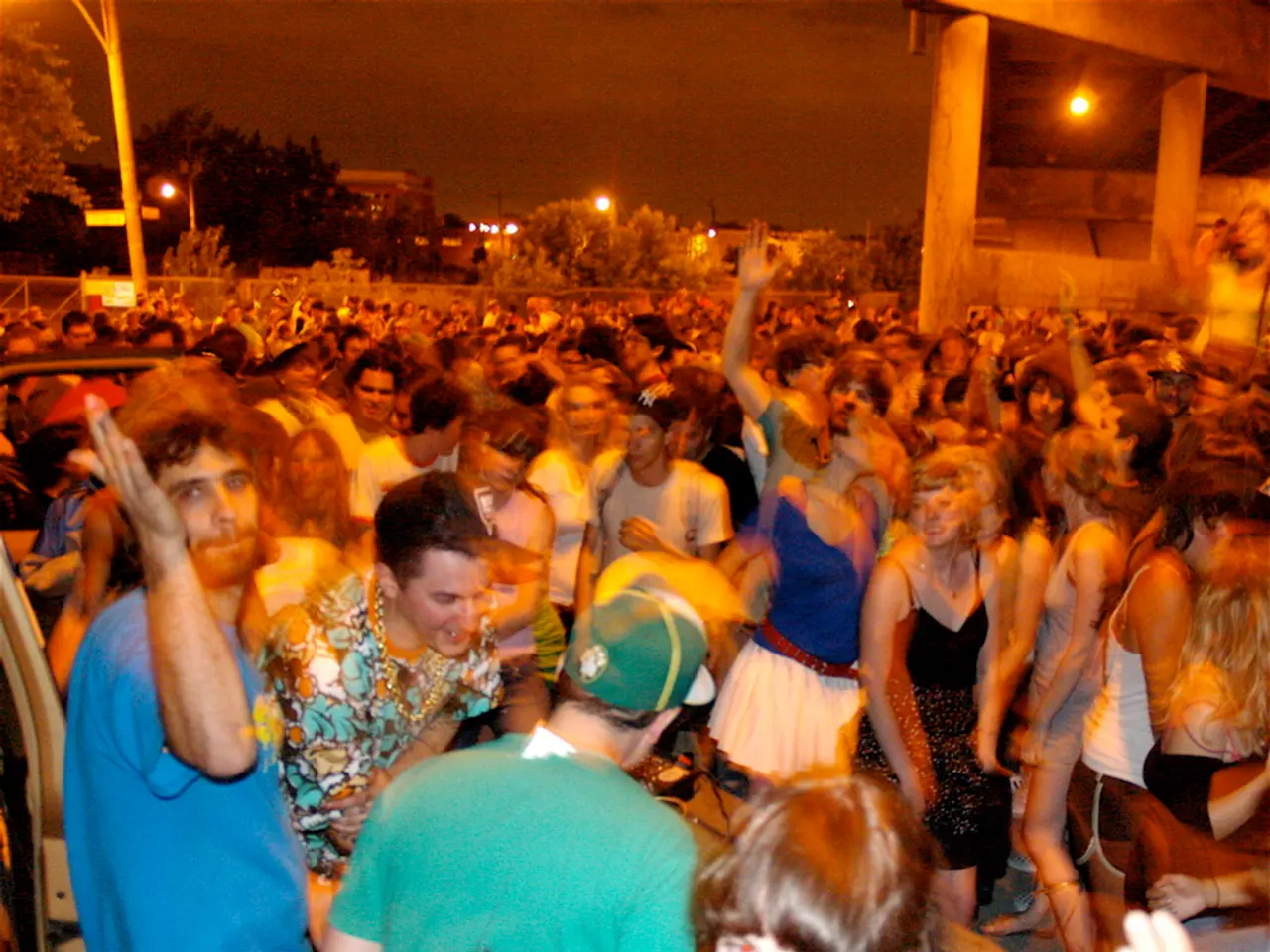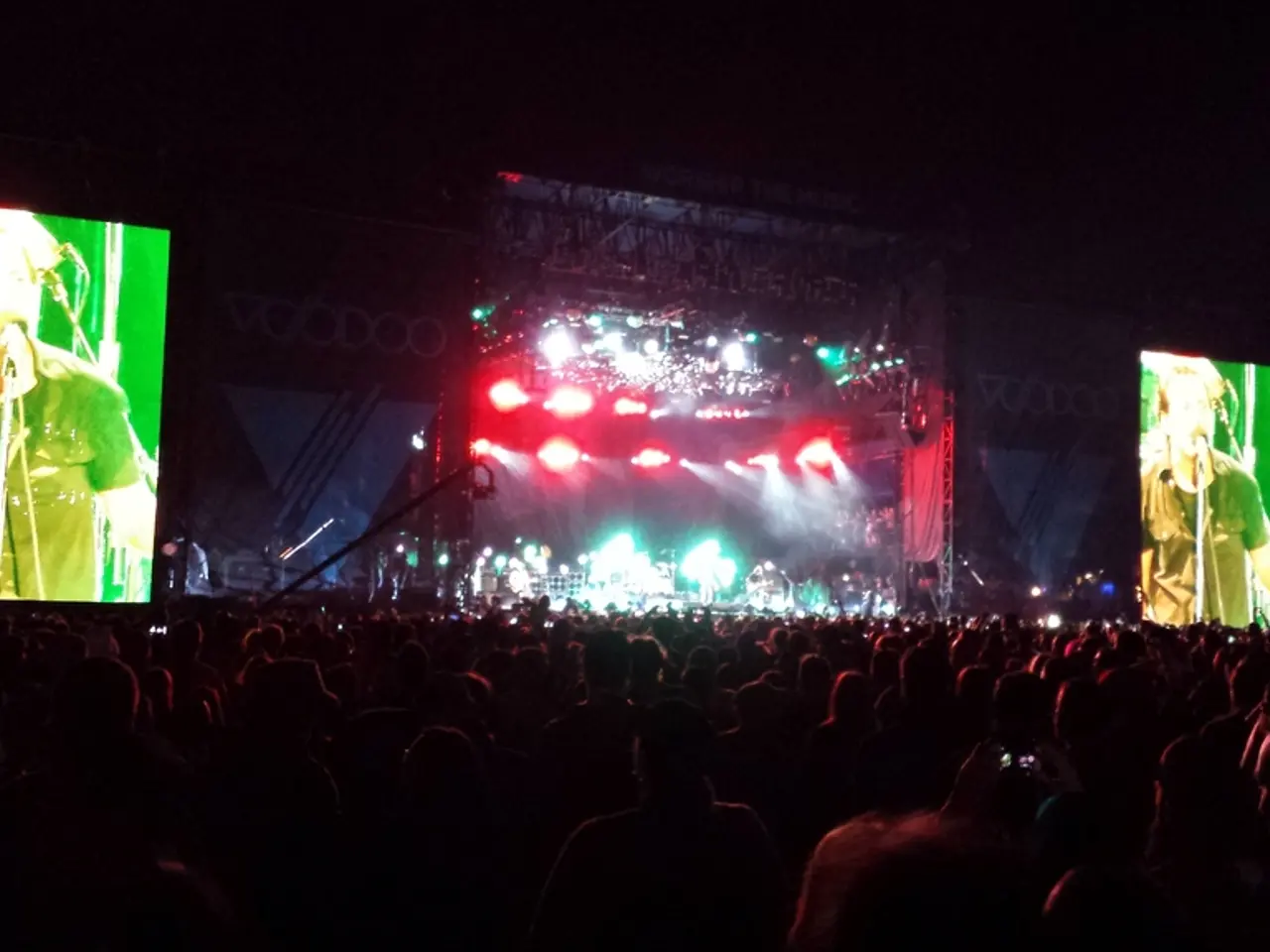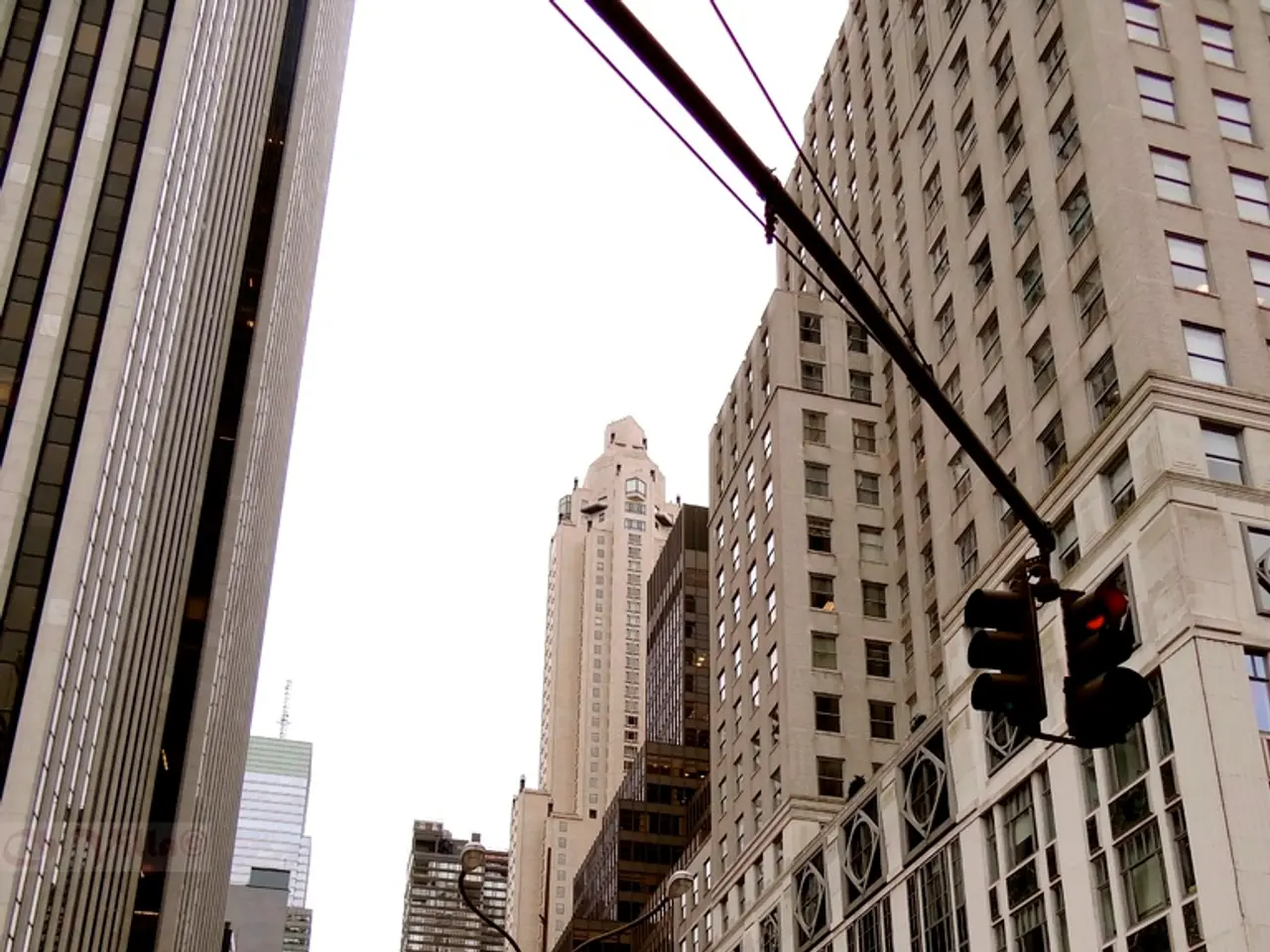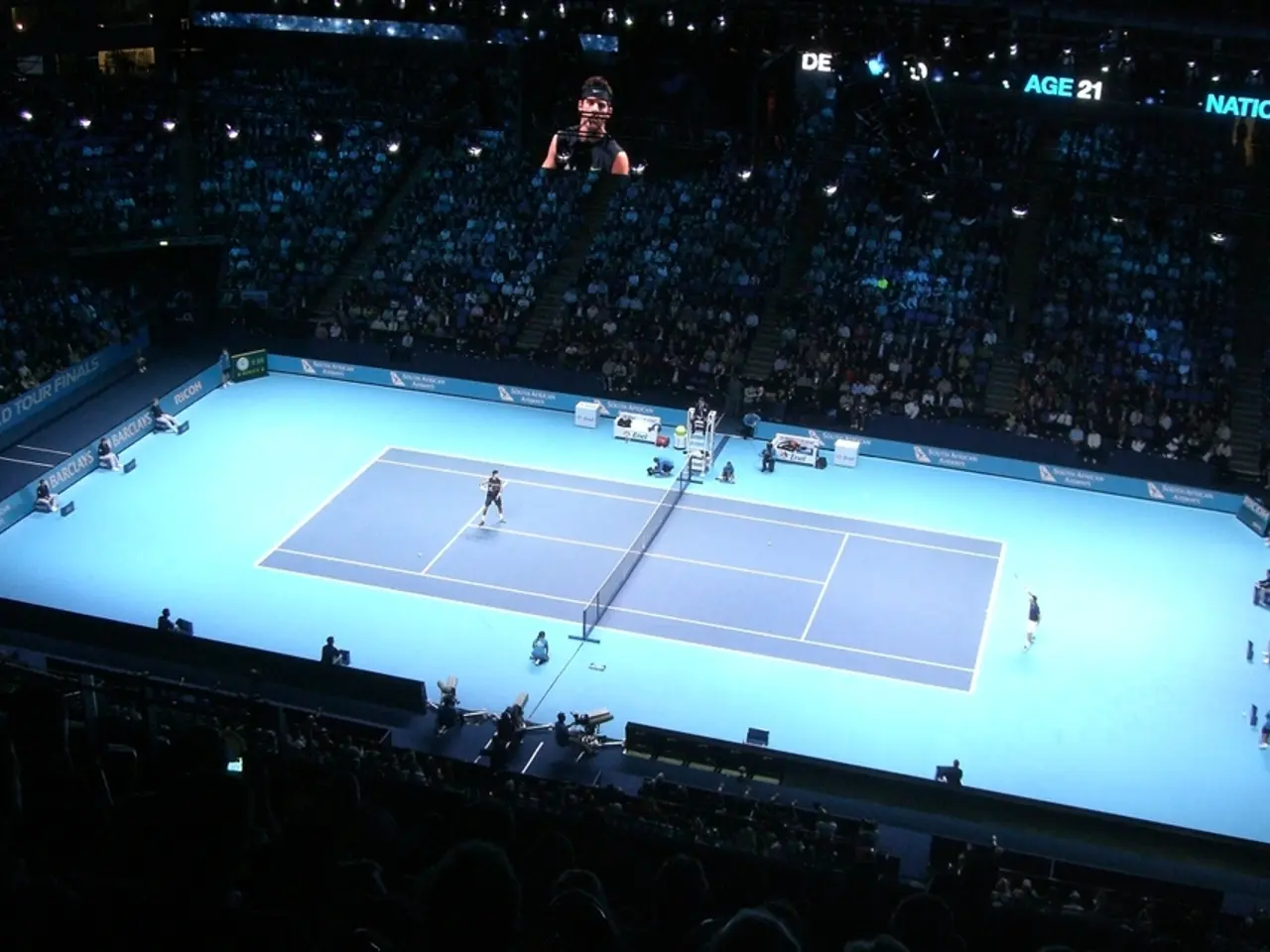The Impact of Classical Tunes on Movie Soundtracks
**Classical Music's Enduring Impact on Film Scores**
The integration of classical music into film has been a transformative force, enriching the cinematic experience and deepening emotional connections with audiences. This symbiotic relationship between music and movies can be traced back to the groundbreaking collaboration between renowned conductor Leopold Stokowski and Walt Disney on the 1940 classic *Fantasia*. Stokowski's innovative use of recording technology, including early surround sound techniques, created an immersive experience that heightened the emotional impact of the music in film [1].
Film composers have since drawn from classical traditions, adapting them for cinematic effect. John Williams, influenced by classical composers like Dvořák and Prokofiev, crafted the iconic two-note motif in *Jaws* that evokes primal fear and tension, demonstrating how classical music structures are adapted for cinematic impact [3][5].
Classical music's ability to manipulate emotional perception is utilised in film scores to guide audience responses. By combining sound and image, filmmakers create tension, release, anticipation, or unease. Scores inspired by classical music often underscore the narrative's emotional core, amplifying feelings such as hope, fear, nostalgia, or suspense. For instance, the soaring score during *The Shawshank Redemption* escape scene or the nostalgic theme in *Star Wars* show how classical-inspired film music shapes emotional engagement [2].
Classical pieces are sometimes used to contrast or subvert on-screen events, adding complexity to the viewer's experience. Films like *The Shining* and *2001: A Space Odyssey* use classical music to create unease or irony, demonstrating how classical compositions can reshape audience expectations through unexpected juxtapositions [2].
Composers such as Alexandre Desplat and John Williams have contributed significantly to the evolution of film music. Desplat's score for *Harry Potter and the Deathly Hallows* includes the hauntingly beautiful melody 'Lily's Theme', which adds a layer of melancholy and longing to the story. Meanwhile, Williams' 'Jaws' theme is a masterclass in musical suspense, demonstrating how a simple motif can evoke intense fear and anticipation [4].
Modern film composers like Hans Zimmer are known for their innovative use of electronic music elements in film scores. Zimmer utilized an organ and various instruments in the *Interstellar* score to create a sound as vast and mysterious as space itself [6].
Film scores guide the narrative, enhance the mood, and provide an emotional context to scenes. They continue to push the boundaries of the genre, blending classical music with modern composition to create a unique and captivating soundscape. As we look to the future, the influence of classical music on film scores remains profound and far-reaching, shaping the genre in countless ways from the use of classical pieces to the composition of original scores [7].
References: [1] The Guardian. (2018). The history of film music: From silent movies to modern blockbusters. [online] Available at: https://www.theguardian.com/film/2018/dec/01/the-history-of-film-music-from-silent-movies-to-modern-blockbusters [2] BBC Culture. (2019). The 10 best uses of classical music in films. [online] Available at: https://www.bbc.com/culture/article/20190411-the-10-best-uses-of-classical-music-in-films [3] Classic FM. (2020). The 10 most iconic film scores of all time. [online] Available at: https://www.classicfm.com/discover-music/composers/john-williams/iconic-film-scores/ [4] The Independent. (2016). John Williams: 'I'm not a film composer, I'm a composer who writes for films'. [online] Available at: https://www.independent.co.uk/arts-entertainment/films/news/john-williams-star-wars-jaws-et-interview-a7372901.html [5] NPR. (2018). John Williams On The Power Of A Simple Motif. [online] Available at: https://www.npr.org/2018/12/12/677293977/john-williams-on-the-power-of-a-simple-motif [6] The New Yorker. (2014). Hans Zimmer's Orchestral Revolution. [online] Available at: https://www.newyorker.com/magazine/2014/11/10/hans-zimmers-orchestral-revolution [7] The Hollywood Reporter. (2021). How Hans Zimmer Revolutionized Film Music. [online] Available at: https://www.hollywoodreporter.com/features/hans-zimmer-interstellar-inception-revolutionized-film-music-1234633222/
- John Williams, influenced by classical composers like Dvořák and Prokofiev, seamlessly incorporates their techniques into film scores, crafting iconic motifs such as the two-note theme in Jaws that evoke emotions such as primal fear and tension.
- In The Shawshank Redemption, the soaring score during the escape scene underscores the narrative's emotional core, amplifying feelings of hope amidst despair, demonstrating the power of classical-inspired film music in shaping audience emotions.







